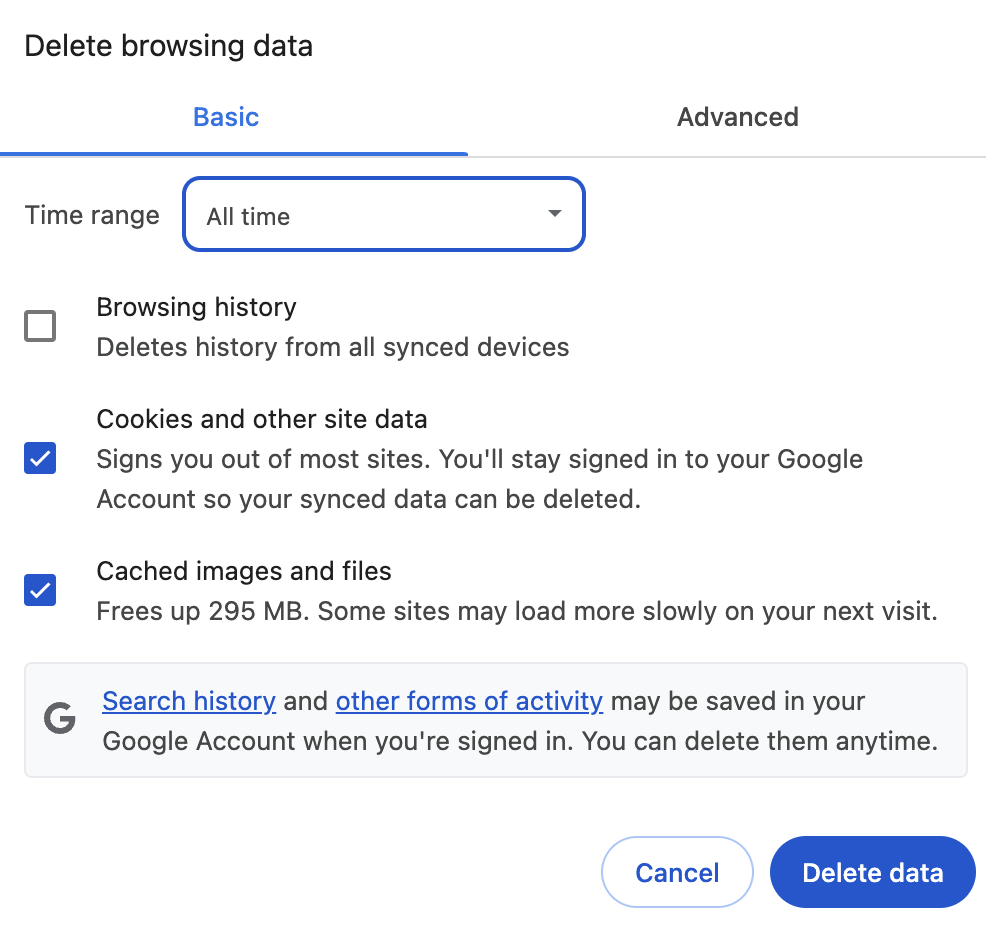
Our product teams are therefore freed from the need to familiarize themselves deeply with how Google Cloud resource provisioning works, or Infrastructure-as-Code (IaC) tooling for that matter. Our preferred technologies and good practices can be curated by our experts, and developers can focus on building differentiating software for the business, while remaining fully in control of what is provisioned and when.
Earlier, we mentioned that this approach has the added benefit of being something that the platform team can rely upon to build their own features. The configuration updated by teams for their Service can be combined with metadata about their team and surfaced via an API and events published to Pub/Sub. This can then drive updates to other features like incident response and security tooling, pre-provision documentation repositories, and more. This is an example of how something that was originally intended as a means to help teams avoid writing their own IaC can also be used to make it easier for us to build platform features, further improving the value-add — without the developer even needing to be aware of it!
We think this approach is also more scalable than providing pre-built Terraform modules for teams to use. That approach still burdens teams with being familiar with Terraform, and versioning and dependency complexities can create maintenance headaches for platform engineers. Instead, we provide an easy-to-reason-about API and deliberately burden the platform team, ensuring that the Service provides all the functionality our tenants require. This abstraction also means we can make significant refactoring choices if we need to.
Adopting this approach also results in a broad consistency in technologies across our platform. For example, why would a team implement Kafka when the platform makes creating resources in Pub/Sub so easy? When you consider that this spans not just the runtime components that assemble into a working business service, but also all the ancillary needs for operating that software — resilience engineering, monitoring & alerting, incident response, security tooling, service management, and so on— this has a massive amplifying effect on our engineers’ productivity. All of these areas have full paved road capabilities on the John Lewis Digital Platform, reducing the cognitive load for teams in recognizing the need for, identifying appropriate options, and then implementing technology or processes to use them.
That being said, one of the reasons we particularly like the paved road concept is because it doesn’t preclude teams choosing to “go off-road.” A paved road shouldn’t be mandatory, but it should be compelling to use, so that engineers aren’t tempted to do something else. Preventing use of other approaches risks stifling innovation and the temptation to think the features you’ve built are “good enough.” The paved road challenges our Platform Engineers to keep improving their product so that it continues to meet our Developers’ changing needs. Likewise, development teams tempted to go off-road are put off by the increasing burden of replicating powerful platform features.
The needs of our Engineers don’t remain fixed, and Google Cloud are of course releasing new capabilities all the time, so we have extended the analogy to include a “dusty path” representing brand new platform features that aren’t as feature-rich as we’d like (perhaps they lack self-service provisioning or out-the-box observability). Teams are trusted to try different options and make use of Google Cloud products that we haven’t yet paved. The Paved Road Pipeline allows for this experimentation – what we term “snowflaking”. We then have an unofficial “rule of three”, whereby if we notice at least 3 teams requesting the same feature, we move to make the use of it self-service.
At the other end of the scale, teams can go completely solo — which we refer to as “crazy paving” — and might be needed to support wild experimentation or to accommodate a workload which cannot comply with the platform’s expectations for safe operation. Solutions in this space are generally not long-lived.
In this article, we’ve covered how John Lewis revolutionized its e-commerce operations by adopting a multi-tenant, “paved road” approach to platform engineering. We explored how this strategy empowered development teams and streamlined their ability to provision Google Cloud resources and deploy operational and security features.
In part 2 of this series, we’ll dive deeper into how John Lewis further simplified the developer experience by introducing the Microservice CRD. You’ll discover how this custom Kubernetes abstraction significantly reduced the complexity of working with Kubernetes at the component level, leading to faster development cycles and enhanced operational efficiency.
To learn more about shifting down with platform engineering on Google Cloud, you can find more information available here. To learn more about how Google Kubernetes Engine (GKE) empowers developers to effortlessly deploy, scale, and manage containerized applications with its fully managed, robust, and intelligent Kubernetes service, you can find more information here.
Source Credit: https://cloud.google.com/blog/products/application-development/simplifying-platform-engineering-at-john-lewis-part-one/




